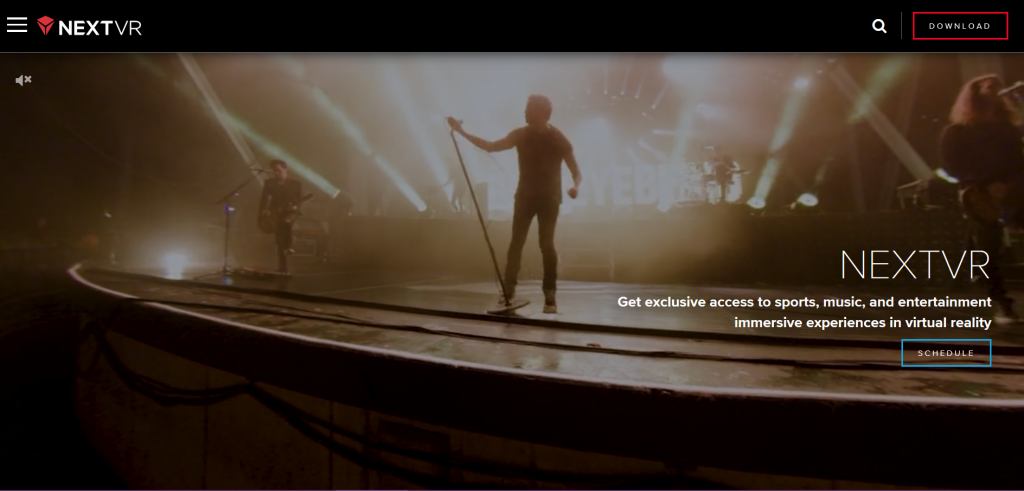Virtual reality has certainly passed the hype stage, with an estimated 36.7 million Americans using VR apps or devices in 2018.
According to Nielsen research, millennials comprise close to half of all individuals interested in virtual reality devices. And this is not so surprising, since a staggering 78% of millennials prefer spending on experiences to material things.
Indeed, VR is as relevant as ever, and in the music industry this is pretty evident. From live music experiences, festivals, and music education, the industry is steadily exploring how to incorporate the technology to innovate experiences.
Virtual Reality in Music Videos
Since YouTube and Facebook enabled posting 360-degree videos back in 2015, people have been creating more and more immersive videos.
One of the most popular examples is Gorillaz’s virtual reality music video for “Saturnz Barz”, which generated more than 3 million views in just 48 hours. The music video first takes you on a train ride. After that, inside a haunted house. And then, to trippier scenes in outer space with eye-catching visuals and alien monsters.
But VR doesn’t need to capture space scenes and animated imagery to be spectacularly engaging.
The music video for Swedish singer and producer Roomie’s cover of Maroon 5’s “Summer” features immersive 360-degree views of scenes from the UK. You could join him riding a cable car playing with drumsticks, or watch him perform with some street dancers in Leicester.
Viewing these videos with a VR headset amplifies the music video experience altogether.
Using Virtual Reality for Engaging Live Performances
Virtual reality isn’t limited to music videos. Its inherently immersive nature enables bands and performers to transform live concerts and events into a shared space with fans.

For live concerts, platforms like NextVR are spearheading virtual reality application for concerts. Real shows are recorded, and fans who are not able to attend live can enjoy the whole event using a VR headset. Performances from artists such as Imagine Dragons, Lady Antebellum, and Damian Marley are available on NextVR’s platform.
And for fans seeking virtual experiences beyond live gigs, one company is experimenting with immersive art and music.
TheWaveVR is a tech startup based in Austin, Texas and Los Angeles, California. Every company member is a music technologist or artist. With years of experience in the industry, they are pushing boundaries on how music creators can present music in new ways.
TheWaveVR’s latest collaboration is with Grammy Award-winning artist Imogen Heap. Her virtual reality concert takes on a more intimate approach than the usual bombastic special effects seen in VR apps and videos.
With the Oculus headset, you see pieces of the artist’s living room, and she appears right in front of you. Her singing makes the walls splinter and her own hologram break apart with an otherworldly effect.
The way the songs go with the imagery makes for an entirely dreamy landscape. It also gives fans an opportunity to share a deeper sense of intimacy with the artist.
What’s Next for Virtual Reality in Music
Virtual reality definitely fits the music industry’s exploratory nature. However, it’s a fact that VR experiences still have room to grow in order to be considered mainstream.
It will be up to the artists, producers, and technologists to create opportunities for people to access different VR music experiences. Experts predict that the trend will be about artists letting fans into their own VR universe, rather than simply engaging with a single music video or concert.
With virtual reality, music can be more powerful, especially for fans looking for a more immersive listening experience.




